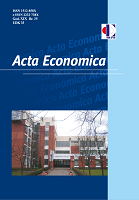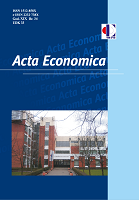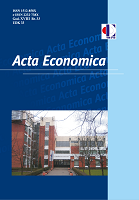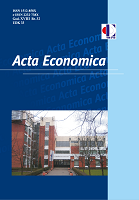
HARMONIZATION OF THE MARKETING AND ACCOUNTING ACTIVITIES IN THE IMPLEMENTATION OF THE GROWTH STRATEGY
HARMONIZATION OF THE MARKETING AND ACCOUNTING ACTIVITIES IN THE IMPLEMENTATION OF THE GROWTH STRATEGY
Keywords: growth strategy; market share; marketing cost; activity based management; cost allocation; activity based costing; relevant accounting information;
This research is an attempt to emphasize the interdependence of the accounting and marketing functions in the segment of the growth strategy implementation with an attempt to increase the market share. In this process, activity-based management and activity-based costing were used as recommended instruments, with analytical activities and implementation (operational) activities in the application of the mentioned strategy considered separately. In both cases, the analysis was performed from the standpoint of the need to identify activities and costs of non-production departments, such as marketing and accounting, by individual cost objects, which are, in this case, target markets where the growth strategy will be applied. In this way, it will be possible to concretize the target character of such costs and an objective approach when linking them to cost objects, because the cost of such activities is pooled out from the costs of marketing department whose costs are mostly budgeted as a unique whole. In operational terms, this will enable a number of decisions, such as: whether to outsource the analysis of the effects of entering new markets or to do it within the company, whether and how to standardize time and costs of non-production activities; whether there is an economic justification for entering new markets based on planned results that include the consumption of resources of identified non-production activities that are commonly “hidden” in the aggregate cost values of these and other functions.
More...


